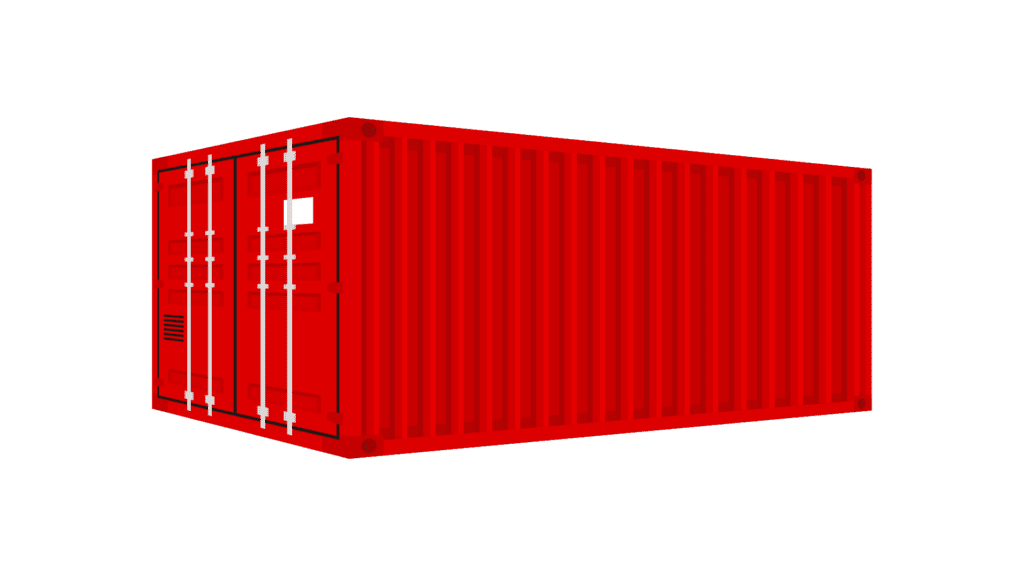7 Ways to Actually Fix Your Container Operations

Think containers are just big metal boxes? Your shipping delays and broken products say otherwise.
Let’s talk about making your container operations work better, because somewhere between loading dock and delivery, things keep going wrong.
Pick the Right Container
First up – using the wrong container is like wearing flip-flops to run a marathon. It might work, but it’ll hurt.
Think about it:
- Fragile stuff needs cushioning
- Food needs temperature control
- Heavy machinery needs serious strength
container comparison chart (if this was a real image, it would show different containers for different needs)
Size Standards Matter
After researching this article, here’s why standardizing container sizes actually saves money:
Smart standardization means:
- Better space use
- Easier stacking
- Lower shipping costs
- Fewer headaches
Management System Magic
A Container Management System isn’t just fancy software – it’s your operation’s brain:
- Tracks everything
- Spots problems early
- Prevents losses
- Manages maintenance
Loading Done Right
Loading containers isn’t Tetris. Or maybe it is, but with expensive consequences for mistakes:
Do This:
- Plan your loads
- Use the right equipment
- Secure everything
- Check twice
Quality Over Cheap Fixes
Cheap containers are like cheap shoes – they cost more in the long run. Choosing high-quality, durable containers, like SCF New Zealand, can prevent frequent replacements and costly repairs.
Invest in:
- High-grade materials
- Quality construction
- Regular maintenance
- Long-term solutions
Track Everything
Labels aren’t just stickers. They’re your container’s passport:
Modern tracking needs:
- Clear labeling
- RFID tags
- Real-time monitoring
- Accurate systems
My advice? Stop treating containers like disposable coffee cups. Build a system that actually works, invest in quality, and watch your operation transform.
Because between lost shipments and damaged goods, cheap container solutions always cost more than you think.
